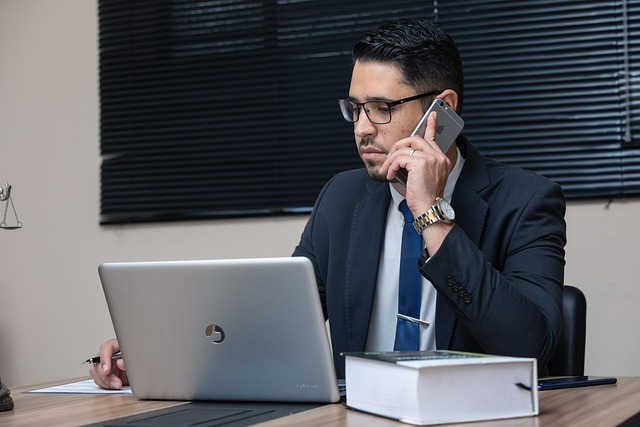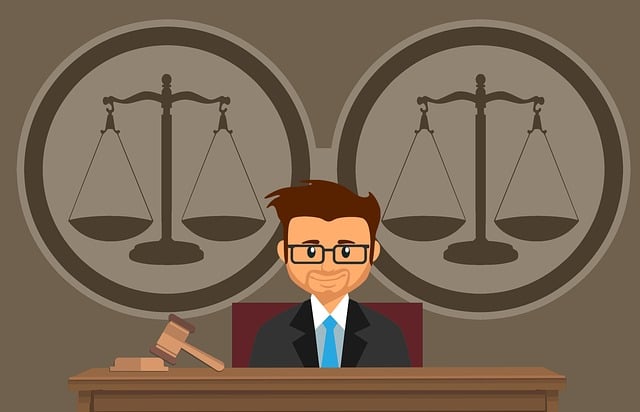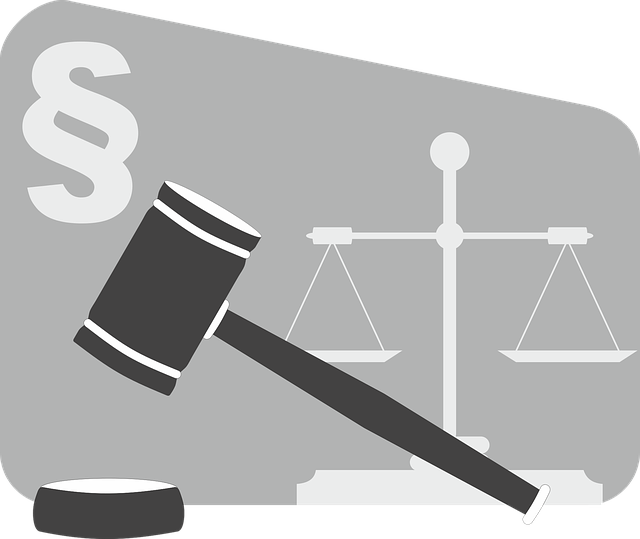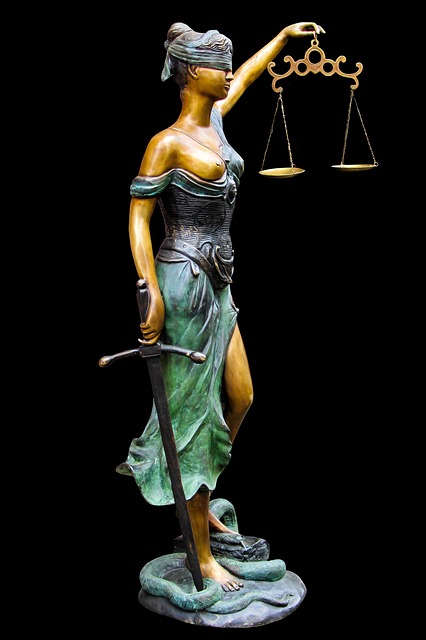Whistleblower Protection Laws safeguard individuals exposing illegal activities by offering confidentiality, legal immunity, and compensation. In lawsuits, challenging forensic evidence is crucial for justice. Engaging experts to scrutinize financial data presentations protects rights. Strategically questioning methodologies, interpretations, and biases can exclude or weaken prosecution evidence. Understanding provenance and reliability of evidence is key in high-stakes cases. Navigating legal procedures requires meticulous attention and a specialist attorney for effective contests. Learn more about How to Challenge Forensic Evidence in Court.
Whistleblower Protection Lawsuits have become increasingly important as they safeguard individuals who expose illegal or unethical activities within organizations. This article delves into a comprehensive guide on navigating these legal battles, focusing on a crucial aspect: understanding how to challenge forensic evidence in court. We explore key strategies, from deciphering complex legal procedures for evidence disclassification to examining the sources and reliability of information, offering valuable insights for both whistleblowers and their legal representatives.
- Understanding Whistleblower Protection Laws
- The Role of Forensic Evidence in Lawsuits
- Challenges to Admissibility: A Strategic Approach
- Examining Sources and Reliability of Evidence
- Navigating Legal Procedures for Evidence Disclassification
Understanding Whistleblower Protection Laws

Whistleblower Protection Laws are designed to safeguard individuals who expose illegal or unethical activities within their organizations. Understanding these laws is crucial for both corporate and individual clients navigating white collar and economic crimes cases. These protections include provisions that ensure whistleblowers’ identities remain confidential, offer legal immunity from retaliation, and provide avenues for compensation if they suffer harm as a result of their disclosures.
When facing lawsuits stemming from whistleblowing activities, knowing how to challenge forensic evidence in court becomes paramount. Forensic experts play a significant role in presenting complex financial data, but whistleblowers can contest these findings by engaging qualified experts who can scrutinize the methodology and interpretations used. This strategic approach helps protect whistleblowers’ rights and ensures that justice is served, especially when dealing with intricate cases across the country.
The Role of Forensic Evidence in Lawsuits

Forensic evidence plays a pivotal role in whistleblower protection lawsuits, often serving as the linchpin that either secures justice or derails claims. In these cases, it’s crucial to understand how to challenge such evidence in court. Whistleblowers and their legal representatives must scrutinize every aspect of forensic analysis presented by opposing parties. This involves employing experts who can critically assess the methodology, data interpretation, and potential biases inherent in forensics, especially when dealing with complex financial or scientific investigations.
Mastering the art of challenging forensic evidence is essential to navigating these lawsuits effectively. By presenting compelling counter-arguments, questioning the credibility of sources, and highlighting methodological flaws, whistleblowers can weaken the opposition’s case. Moreover, understanding the nuances of legal precedents related to forensics becomes critical in shaping strategies that aim to avoid indictment and protect the interests of both philanthropic and political communities within respective businesses.
Challenges to Admissibility: A Strategic Approach
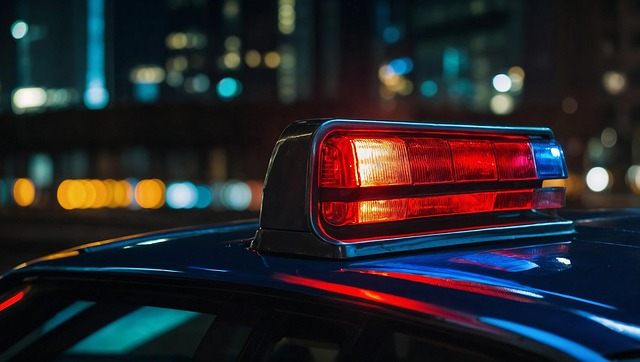
Challenging forensic evidence in court is a strategic maneuver often employed by legal teams to undermine the prosecution’s case. In whistleblower protection lawsuits, where intricate financial and digital forensics are common, understanding how to navigate these challenges is pivotal. A comprehensive general criminal defense strategy involves scrutinizing every step of the investigative and enforcement process to identify potential gaps or inconsistencies in the evidence collection and presentation.
This approach not only questions the admissibility of forensic findings but also exposes any procedural errors that may have occurred during the respective business’s investigation. By delving into the methodology, chain of custody, and potential manipulation of digital or physical evidence, legal representatives can present compelling arguments to exclude or weaken the prosecution’s key pieces of evidence. This strategic challenge ensures a fairer trial and allows for a more nuanced understanding of the facts presented.
Examining Sources and Reliability of Evidence
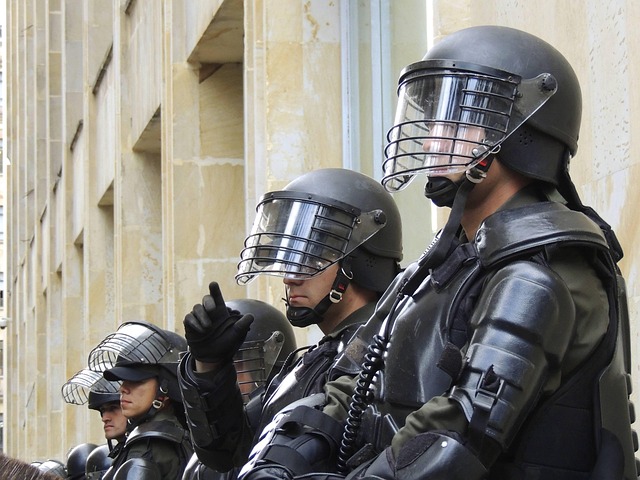
When it comes to whistleblower protection lawsuits, examining the sources and reliability of evidence is paramount. In high-stakes cases, where the stakes are high and careers are on the line, forensic evidence often plays a pivotal role. However, it’s crucial to approach such evidence with skepticism and due diligence. The first step in challenging forensic evidence in court is to meticulously scrutinize its provenance; understanding who collected it, how it was handled, and any potential biases or flaws introduced along the way.
For his clients, success often hinges on revealing inconsistencies or gaps in the evidence’s chain of custody. This could involve questioning the qualifications of the examiner, examining preservation protocols, or even challenging the integrity of the collection process itself. By employing these strategies, whistleblowers and their legal teams can work towards a complete dismissal of all charges, ensuring that justice prevails and their rights are protected.
Navigating Legal Procedures for Evidence Disclassification
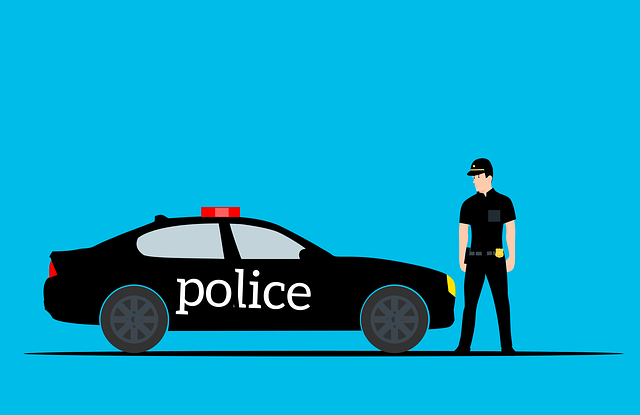
Navigating legal procedures for evidence disclassification is a complex task, especially in cases involving white collar and economic crimes. Whistleblowers often face an uphill battle when trying to challenge forensic evidence presented by their adversaries in court. The process requires meticulous attention to detail and a deep understanding of both the law and the specific circumstances of the case.
To effectively contest forensic evidence, whistleblowers can employ various strategies. This includes thoroughly examining the methodologies used for data collection and analysis, challenging the qualifications and biases of expert witnesses, and presenting alternative interpretations of the evidence. A white collar defense attorney specializing in these matters can guide whistleblowers through this labyrinthine process, ensuring that all legal avenues are explored to protect their rights and interests within philanthropic and political communities.
Whistleblower protection lawsuits are complex, often hinging on the admissibility of forensic evidence. Understanding how to navigate legal procedures and challenge evidence effectively is crucial for success. By examining sources, reliability, and employing strategic approaches to admissibility, whistleblowers can ensure their cases are robust and their voices heard. Knowing how to challenge forensic evidence in court is a key step towards revolutionizing whistleblower protections and fostering a more transparent environment.
